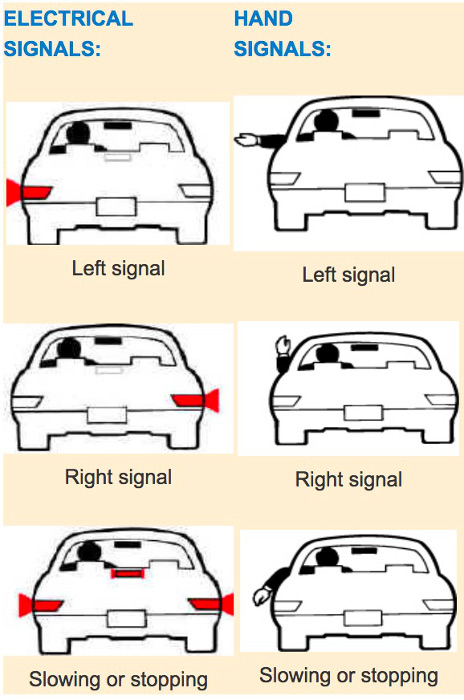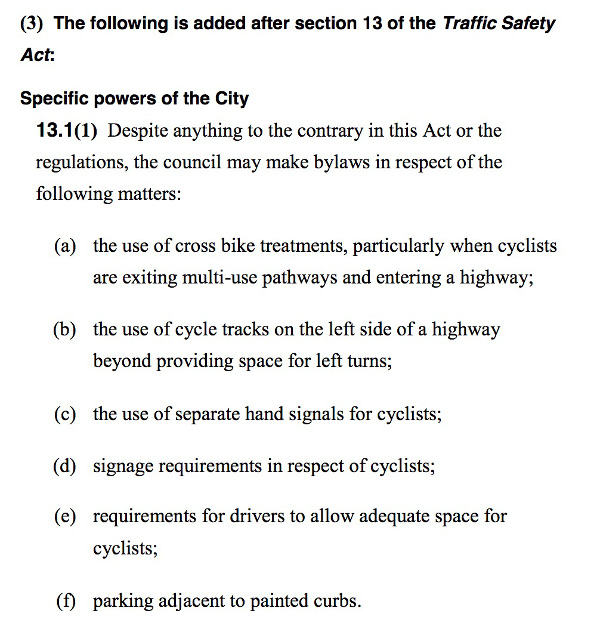If you've ever read an online post that - even tangentially - mentions cycling, invariably one of the top comments will be something along the lines of
Cyclists constantly break the rules and I have no idea what they're doing!
or the more common, but subtly insidious
If cyclists want to be treated like a vehicle they need to start acting like one.
First, a point of clarification: cyclists do not want to be treated like a vehicle, that's a symptom of what a person on a bicycle actually wants. A person cycling simply wants to get from point A to B safely.
In Alberta, a dogmatic subscriber to the religion of vehicular cycling, that desire manifests as asserting a cyclists' rights as a vehicle. We've politically and legally swept rational thinking about cycling safety under the rug in the hopes that please oh-pretty-please if we just ignore them long enough the cyclists will go away.
But, some bad news, we just don't seem to be going away.
It's time we start thinking about problems differently. Certainly many cyclists break the rules. At the risk of this being the only sentence talked about in the comments, I'll mention that I personally Idaho Stop.
I'm not going to relitigate the Idaho Stop again (today). My goal here is to start small. Much, much, smaller.
Let's change our ridiculous hand signals to ones that actually make sense.
I recently went on a bike trip overseas to Amsterdam, a place many might call the cycling capital of the world. I went on a bike tour, and the tour guide took great pains to say: "Despite what you Americans do, our hand signals are very simple here. Point where you want to go".
It's that easy.
So how did we get in this situation where Occam's Hand Signals aren't what we use, and instead we have to remember what does it mean when the arm is angled up vs. angled down?
Well, like most of the cycling rules that don't make sense for cycling, it's because the rule was designed for cars.

From the Alberta Drivers' Manual. It never actually describes a cyclist using hand signals. It only shows drivers signalling and then asserts that a cyclist is a vehicle.
In North America we drive on the right side of the road, with drivers sitting in the left seat. The first Ford Model T simply did not come equipped with signal lights. It was desirable to understand where that heavy metal death machine (and in those years they were rightly feared as such) would go. So the driver would stick their hand out their window and signal. Obviously the driver could not point to the right side because their right arm wasn't long enough.
Some would argue that it's not broke, so don't fix it. But it is broke.
I was very nearly in a cycling collision the other day. I was cycling south off a multi-use trail, turning left. Another cyclist was cycling west on a perpendicular road, turning right. They "properly signalled" their right turn with a bent arm. A sampling of my thought process is as follows:
- Hey that cyclist is coming up over there.
- They're waving at me. Hi!
- Wait, no, they're signalling.
- Ok, their arm is up, but it's bent. They're going right.
- Wait, my right or their right?
- Oh nvm, they're already right in front of me. Ding, ding!
- Hello darkness my old friend...
When a vehicle is driving you can easily determine which way they're going by the side of the vehicle that is flashing. If left-hand signals were a good solution, we'd still be using them instead. Let's stop with the one-size-fits-all solutions. Bikes are different than cars, and cyclists are not going away. It's time to embrace them and write rules that make sense for cycling so that we can reduce frustration for all users of the road.
The nature of signalling is to communicate with other road users, so if half of us are using sensible hand signals, and the other half are obeying the law, we've only made things more confusing. It's time to change the laws.
In the past, these changes to enable enhanced cycling safety were always kicked down the line. It was a provincial concern, and the province would have to do "extensive consultation" to make changes. MLAs didn't want to fight that fight. They don't have to anymore. Our local city councillors can make this change tomorrow.

The City Charter regulation that is currently in effect
We're now living under phase one of Big City Charters, and the regulation explicitly allows Edmonton to modify the hand signals used by cyclists in the city. We've set a goal of encouraging active transportation. We've set a goal of eliminating traffic fatalities with Vision Zero. We've set of a goal of sensible, intelligent policy.
It's time to take that teensy, tiny, incremental baby step forward.
For now I'll just point to section 13.1 (1) (c). Because that's where I want to go.